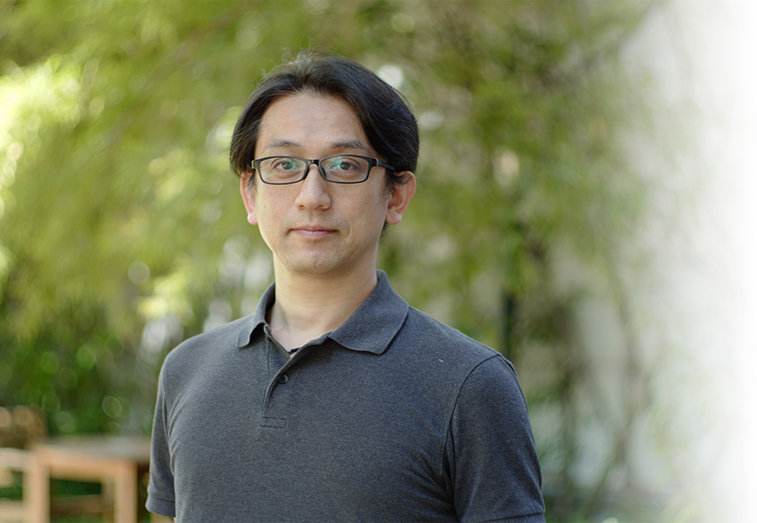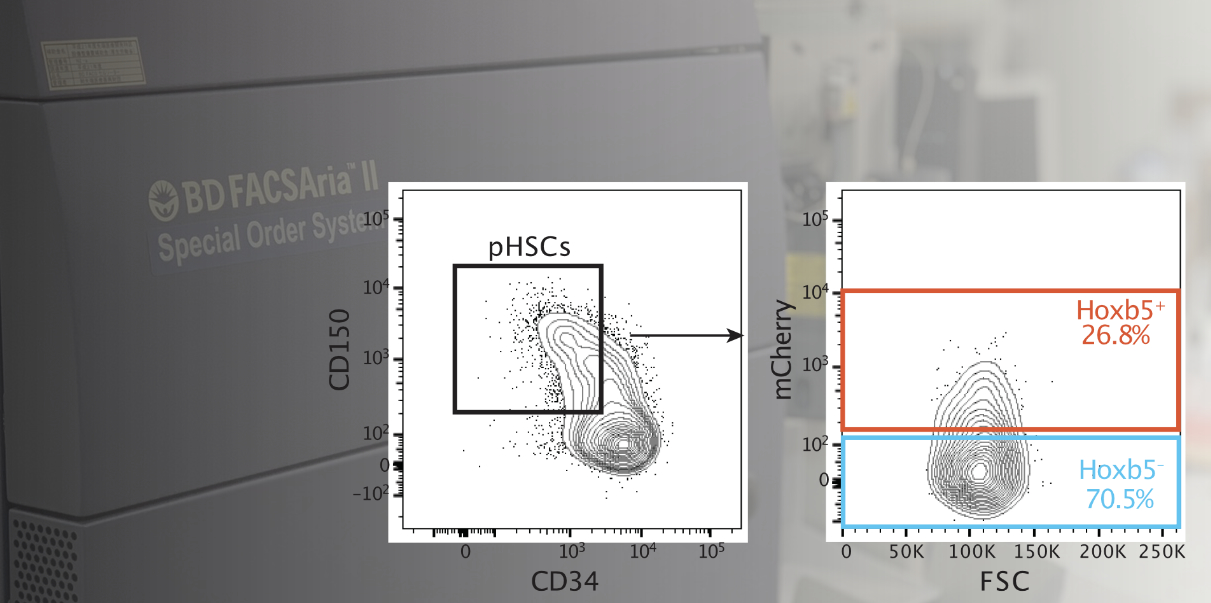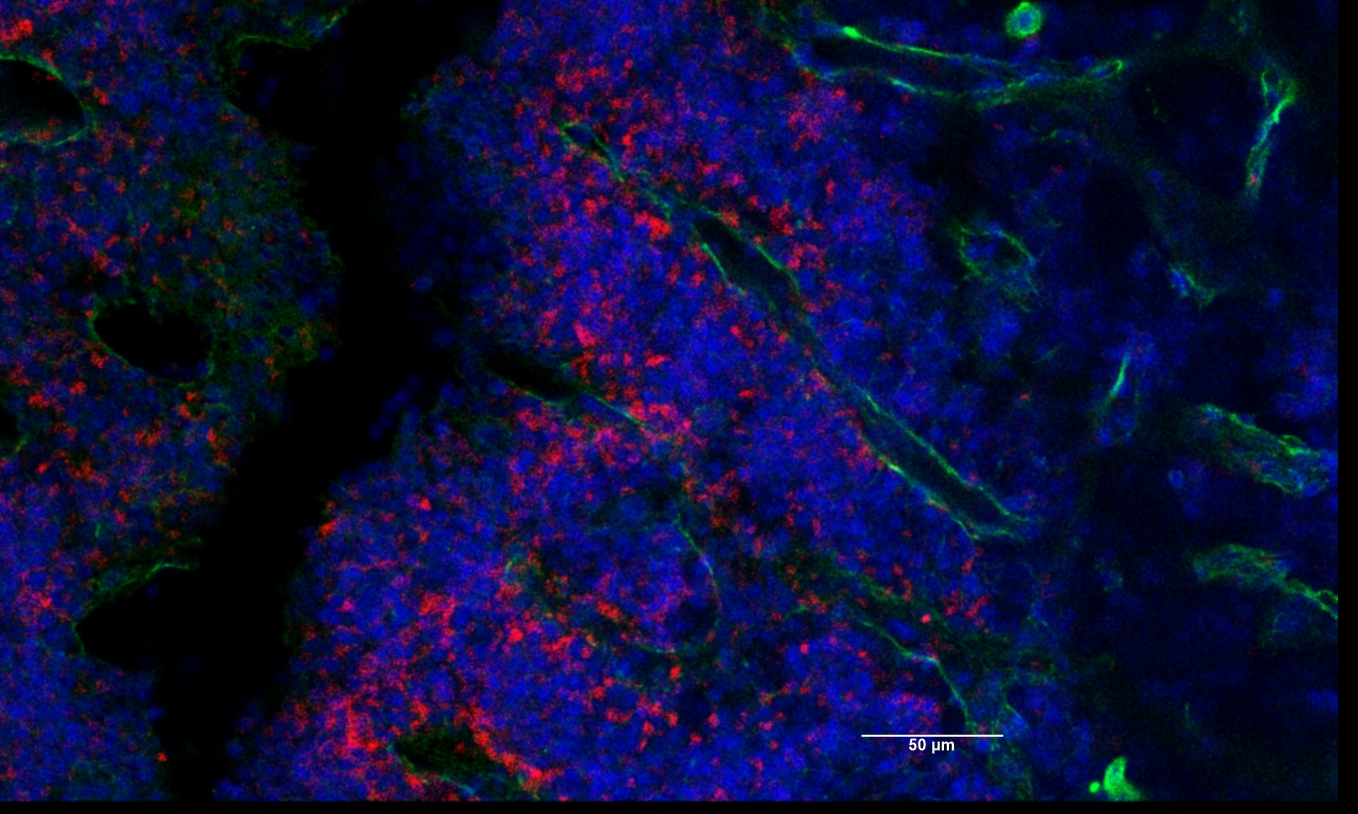
Research Leader
Masanori Miyanishi*
M.D., Ph.D.
Hematopoietic Stem Cell Research
[Closed Jun. 2022]
*Current email address : miya75[at]med.kobe-u.ac.jp
Please replace [at] with @.
Transplantation using hematopoietic stem cells (HSCs) has saved the lives of many patients with incurable diseases. Because of its clinical effects, HSCs have been thought to be the cells in the blood that continue to produce all blood cell types throughout life. The identity of HSCs, however, remains surprisingly unexplored due to their rarity (only one in 100,000 mouse bone marrow nucleated cells). In our laboratory, we are tackling this major challenge by using our own unique method that we developed for HSC identification and analyses (https://www.nature.com/articles/nature16943).
We are also actively engaged in joint research and development with research institutions and companies both within Japan and abroad, and are taking on the challenge of opening up new doors in medicine by exploiting the intriguing cytological capabilities of HSCs to their limit.
Research Theme
- Reveal the mechanism underlying HSC-specific function
- Conduct basic research on the age-dependent changes of hematopoietic function
- Develop novel transplantation method
- Develop novel methods for using HSC
- Translational research through collaborations with external organizations
Selected Publications
Sakamaki T, Kao KS, Nishi K, et al.
Hoxb5 defines the heterogeneity of self-renewal capacity in the hematopoietic stem cell compartment.
Biochemical and Biophysical Research Communications
539, 34-41 (2021)
doi: 10.1016/j.bbrc.2020.12.077
Tsai JM, Shoham M, Fernhoff NB, et al.
Neutrophil and monocyte kinetics play critical roles in mouse peritoneal adhesion formation.
Blood Advances
3(18), 2713-2721 (2019)
doi: 10.1182/bloodadvances.2018024026
Takagaki S, Yamashita R, Hashimoto N, et al.
Galactosyl carbohydrate residues on hematopoietic stem/progenitor cells are essential for homing and engraftment to the bone marrow.
Scientific Reports
9(1), 7133 (2019)
doi: 10.1038/s41598-019-43551-6
Szade K, Gulati GS, Chan CKF, et al.
Where Hematopoietic Stem Cells Live: The Bone Marrow Niche.
Antioxidants & Redox Signaling
29(2), 191-204 (2018)
doi: 10.1089/ars.2017.7419
Chen JY, Miyanishi M, Wang SK, et al.
Hoxb5 marks long-term haematopoietic stem cells and reveals a homogenous perivascular niche.
Nature
530(7589), 223-227 (2016)
doi: 10.1038/nature16943
Miyanishi M, Mori Y, Seita J, et al.
Do pluripotent stem cells exist in adult mice as very small embryonic stem cells?
Stem cell reports
1(2), 198-208 (2013)
doi: 10.1016/j.stemcr.2013.07.001
Tseng D, Volkmer JP, Willingham SB, et al.
Anti-CD47 antibody-mediated phagocytosis of cancer by macrophages primes an effective antitumor T-cell response.
Proceedings of the National Academy of Sciences of the United States of America
110(27), 11103-11108 (2013)
doi: 10.1073/pnas.1305569110
Miyanishi M, Segawa K, Nagata S.
Synergistic effect of Tim4 and MFG-E8 null mutations on the development of autoimmunity.
International Immunology
24(9), 551-559 (2012)
doi: 10.1093/intimm/dxs064
Miyanishi M, Tada K, Koike M, et al.
Identification of Tim4 as a phosphatidylserine receptor.
Nature
450(7168), 435-439 (2007)
doi: 10.1038/nature06307
Baba T, Kariya M, Higuchi T, et al.
Neuropilin-1 promotes unlimited growth of ovarian cancer by evading contact inhibition.
Gynecologic Oncology
105(3), 703-711 (2007)
doi: 10.1016/j.ygyno.2007.02.005
Miyanishi M, Mandai M, Matsumura N, et al.
Immortalized ovarian surface epithelial cells acquire tumorigenicity by Acrogranin gene overexpression.
Oncology Reports
17(2), 329-333 (2007)
doi: 10.3892/or.17.2.329





